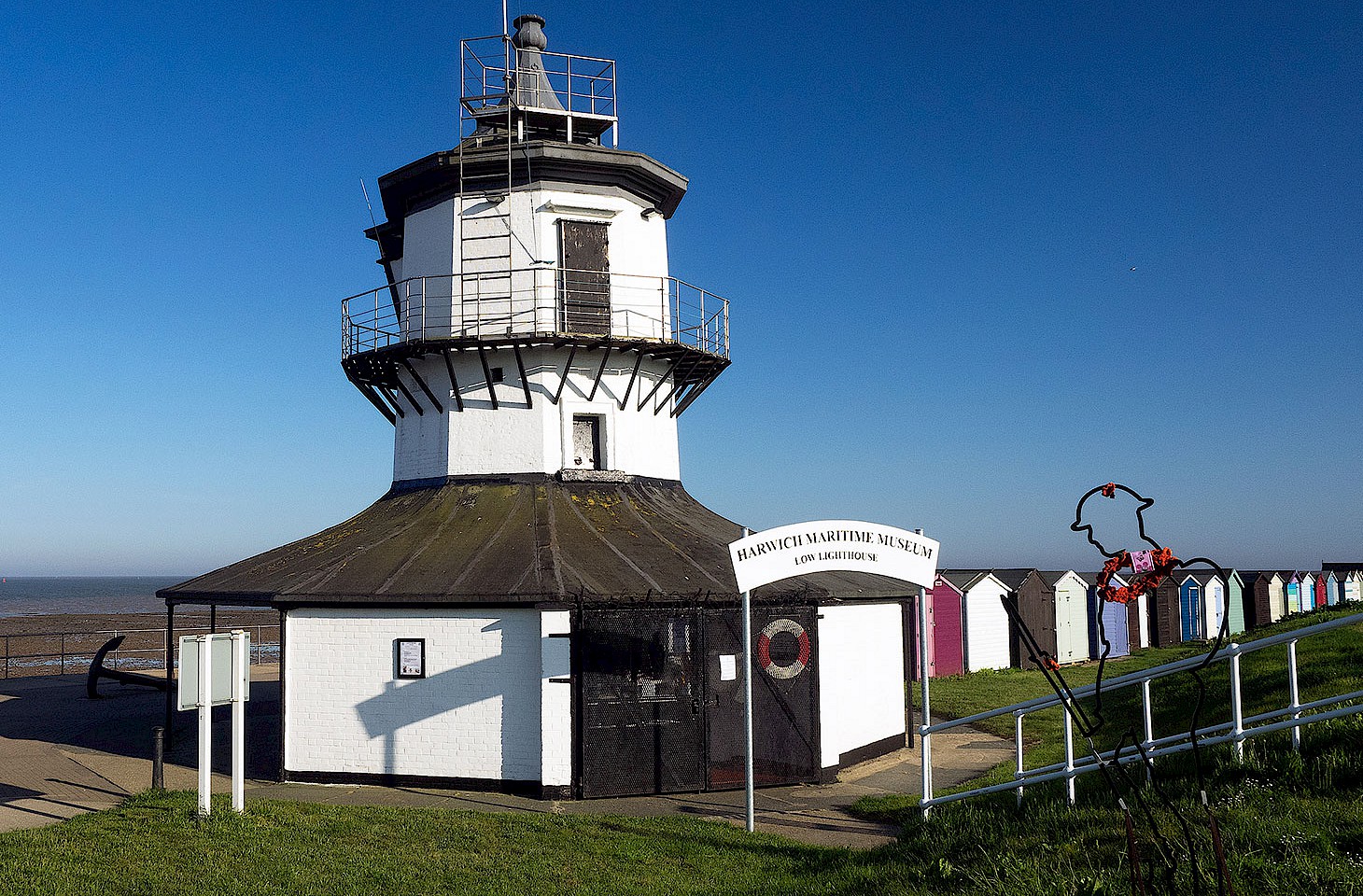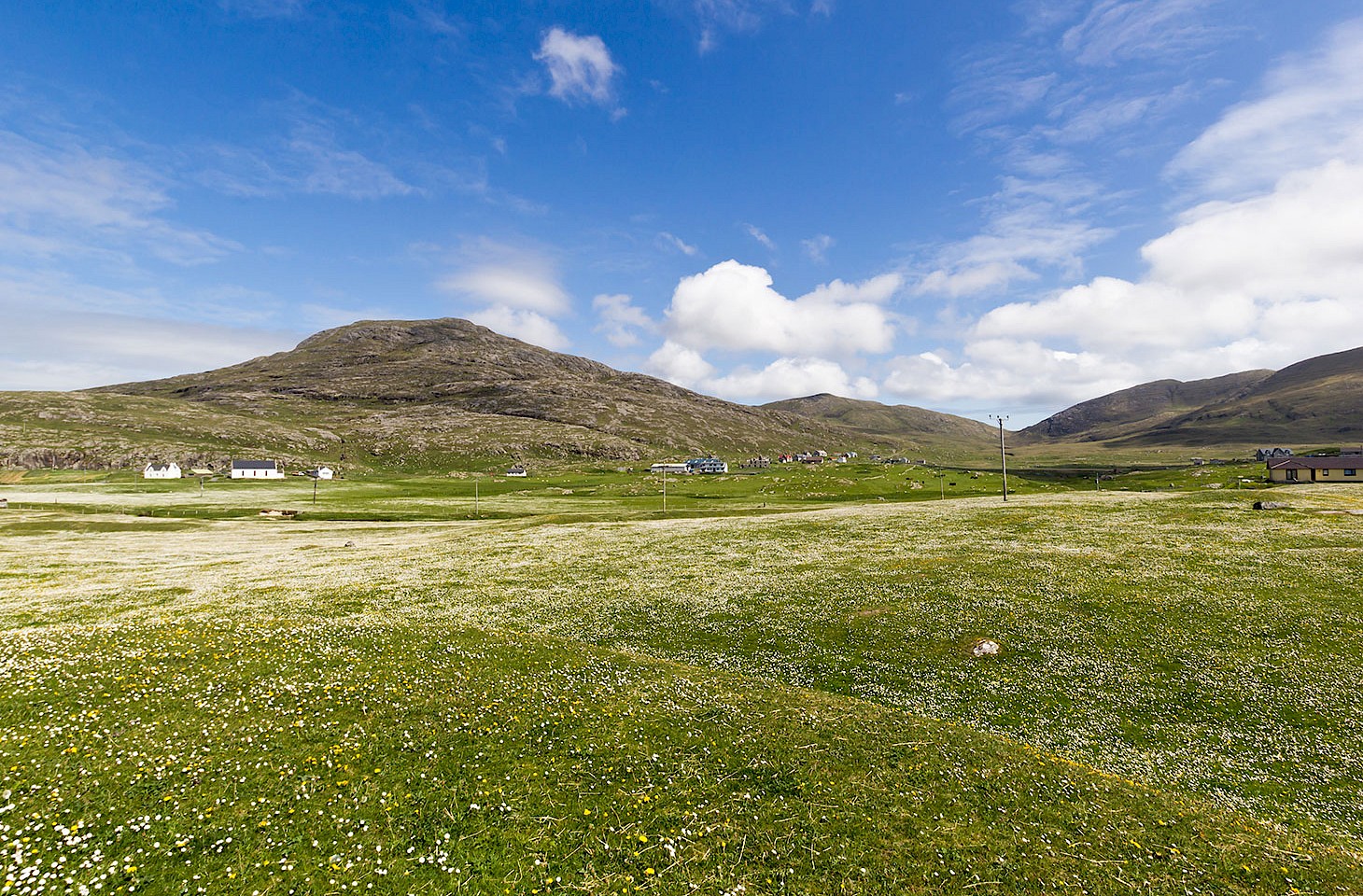The forêt de Guînes is a mere wisp of a wood that might not be worth a detour, were it not for the considerable achievements of the French balloonist Jean Blanchard. The small town from which the forest takes its name is as inconsequential as the woodland itself. Guînes is a little essay in brick that sits squat in the Flanders landscape, a place with stern back alleys, lace curtains and the demeanour of a community that somehow took a wrong turn and found itself sidelined by modernity.
It is a pleasant walk south from the village to the forêt de Guînes. A little lane, called the Chemin du Ballon (the balloon path), cuts through a landscape once full of sandbags and barbed wire, now bursting with poppies. The ashen face of death, drenched by hopeless rain and shrapnel scarred, has been eclipsed by quiet beauty, broken only by the whoosh of the fast trains that speed by on their way to London. The trains are sleek, strange icons of metropolitan grandeur that cut past the edge of the wood. From the village they look like white devils streaked with orange, as they speed through the Flanders landscape, diving through cuttings and tunnels to link Brussels and Paris with the English capital.
Up in the wood, no more than a stone's throw from the railway tracks, is a simple memorial to Jean Blanchard. The train has come and gone; now there is only the tenderness of silence. Where once there were demented choirs of falling shells, there is the rustle of the forest, the cawing crow and the soft step of the fox on last year's leaves. Here, beside the railway line, there are silver glades of birch that grade into mixed stands of oak, beech and hornbeam. And, further into the wood, dense thickets of fir.
It was into this woodland that Jean Blanchard decanted from the sky one wintry afternoon in January 1785. Blanchard had just successfully crossed the English Channel by balloon, the first ever crossing of a human being from England to France without a boat. It was not till ninety years after Blanchard's pioneering piece of aviation that Matthew Webb was to become the first person to swim the Channel.




